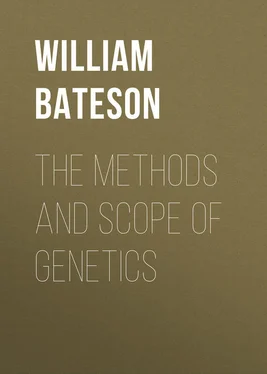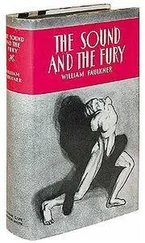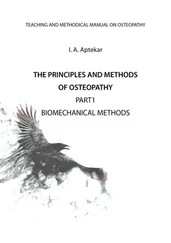We shall not go far wrong if we extend and elaborate our illustration thus. Let us imagine the contents of a gamete as a fluid made by taking a drop from each of a definite number of bottles in a chest, containing tinctures of the several ingredients. There is one such chest from which the male gamete is to be made up, and a similar chest containing a corresponding set of bottles out of which the components of the female gamete are to be taken. But in either chest one or more of the bottles may be empty; then nothing goes in to represent that ingredient from that chest, and if corresponding bottles are empty in both chests, then the individual made on fertilisation by mixing the two collections of drops together does not contain the missing ingredient at all. It follows therefore that an individual may thus be "pure-bred," namely alike on both sides of his composition as regards each ingredient in one of two ways, either by having received the ingredient from the male chest and from the female, or in having received it from neither. Conversely in respect of any ingredient he may be "cross-bred," receiving the presence of it from one gamete and the absence of it from the other.
The second conception with which we have now to become thoroughly familiar is that of the individual as composed of what we call presences and absences of all the possible ingredients. It is the basis of all progress in genetic analysis. Let me give you two illustrations. A blue eye is due to the absence of a factor which forms pigment on the front of the iris. Two blue-eyed parents therefore, as Hurst has proved, do not have dark-eyed children. The dark eye is due to either a single or double dose of the factor missing from the blue eye. So dark-eyed persons may have families all dark-eyed, or families composed of a mixture of dark and light-eyed children in certain proportions which on the average are definite.
Two plants of Oenothera which I exhibit illustrate the same thing. One of them is the ordinary Lamarckiana . I bend its stem. It will not break, or only breaks with difficulty on account of the tough fibres it contains. The stem of the other, one of de Vries' famous mutations, snaps at once like short pastry, because it does not contain the factor for the formation of the fibres. Such plants may be sister-plants produced by the self-fertilisation of one parent, but they are distinct in their composition and properties – and this distinction turns on the presence or absence of elements which are treated as definite entities when the germ-cells are formed. When we speak of such qualities as the formation of pigment in an eye, or the development of fibres in a stem, as due to transmitted elements or factors, you will perhaps ask if we have formed any notion as to the actual nature of those factors. For my own part as regards that ulterior question I confess to a disposition to hold my fancy on a tight rein. It cannot be very long before we shall know
Конец ознакомительного фрагмента.
Текст предоставлен ООО «ЛитРес».
Прочитайте эту книгу целиком, купив полную легальную версию на ЛитРес.
Безопасно оплатить книгу можно банковской картой Visa, MasterCard, Maestro, со счета мобильного телефона, с платежного терминала, в салоне МТС или Связной, через PayPal, WebMoney, Яндекс.Деньги, QIWI Кошелек, бонусными картами или другим удобным Вам способом.












